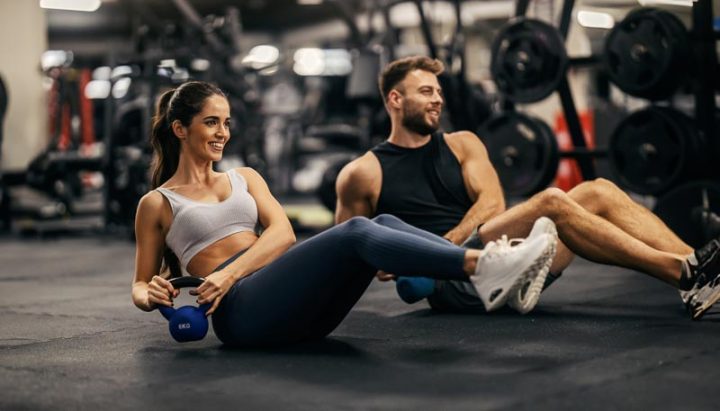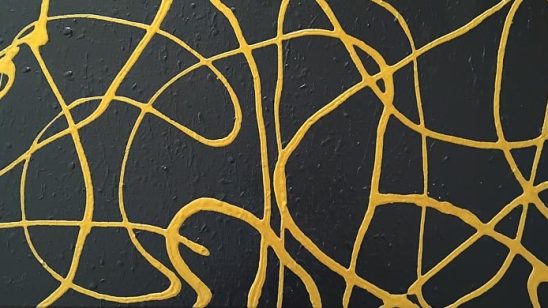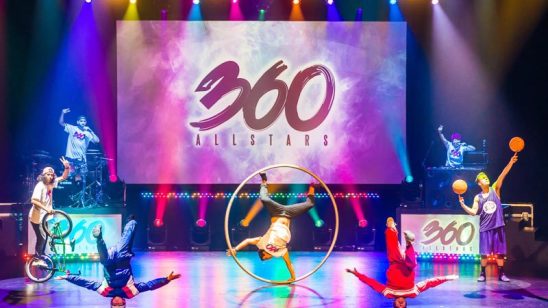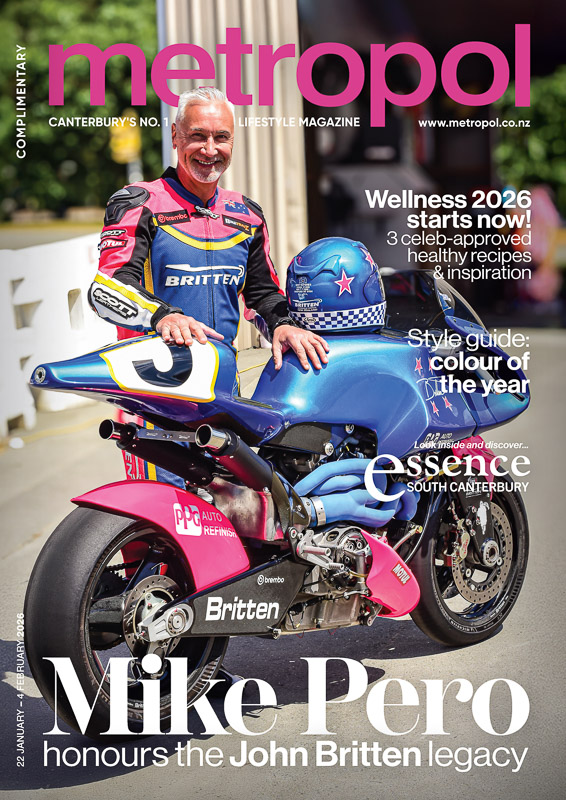
Managing muscle soreness
More people are hitting the gym and engaging in strength-based training than ever before.
Exercise New Zealand findings show that in the first half of 2024, the industry saw a surge of new members, with most clubs reporting a 5% growth compared with 2023. The most common activity is strength training, followed closely by group classes, some of which are also strength-based.
The surge in physical activity, while beneficial, often leads to increased muscle soreness, commonly referred to as DOMS (delayed onset muscle soreness), and the need for effective recovery strategies, says Exercise New Zealand CEO Richard Beddie. He lists heat, massage, and movement as essential recovery tools.
Heat: Applying heat to sore muscles can significantly enhance recovery by increasing blood flow and relaxing tight muscle fibres. Recent research from the European Journal of Mechanics highlights the effectiveness of thermal treatments in alleviating trigger points within skeletal muscles, thus alleviating that pain sensation known as DOMS. This study demonstrates how heat can penetrate deep into muscle tissue, promoting healing and reducing discomfort, says Richard.
Massage: Trigger point release massages in particular, have been shown to be highly responsive in treating muscle soreness. American studies demonstrate that both single and multiple sessions of trigger point release massages significantly reduced DOMS. Regular massage sessions can help break down knots and increase overall muscle flexibility, making it an essential tool for recovery.
Movement: Staying active, even on rest days, is crucial for muscle recovery. Engaging in low-intensity exercises such as stretching and light aerobic activities can keep the blood flowing and help flush out lactic acid from muscles. Richard adds that studies from the Journal of Physiotherapy have shown that combined stretching and strengthening exercises are particularly effective in alleviating DOMS. “Incorporating gentle movement into your recovery routine can help maintain mobility and prevent stiffness.”
Richard suggests that “listening to your body” is a skill everyone should learn, as well as using the techniques and tools listed above. “Additionally, getting the help of a registered exercise professional, such as a personal trainer, can really help people to not only get the most out of their workouts but also recover well.”



